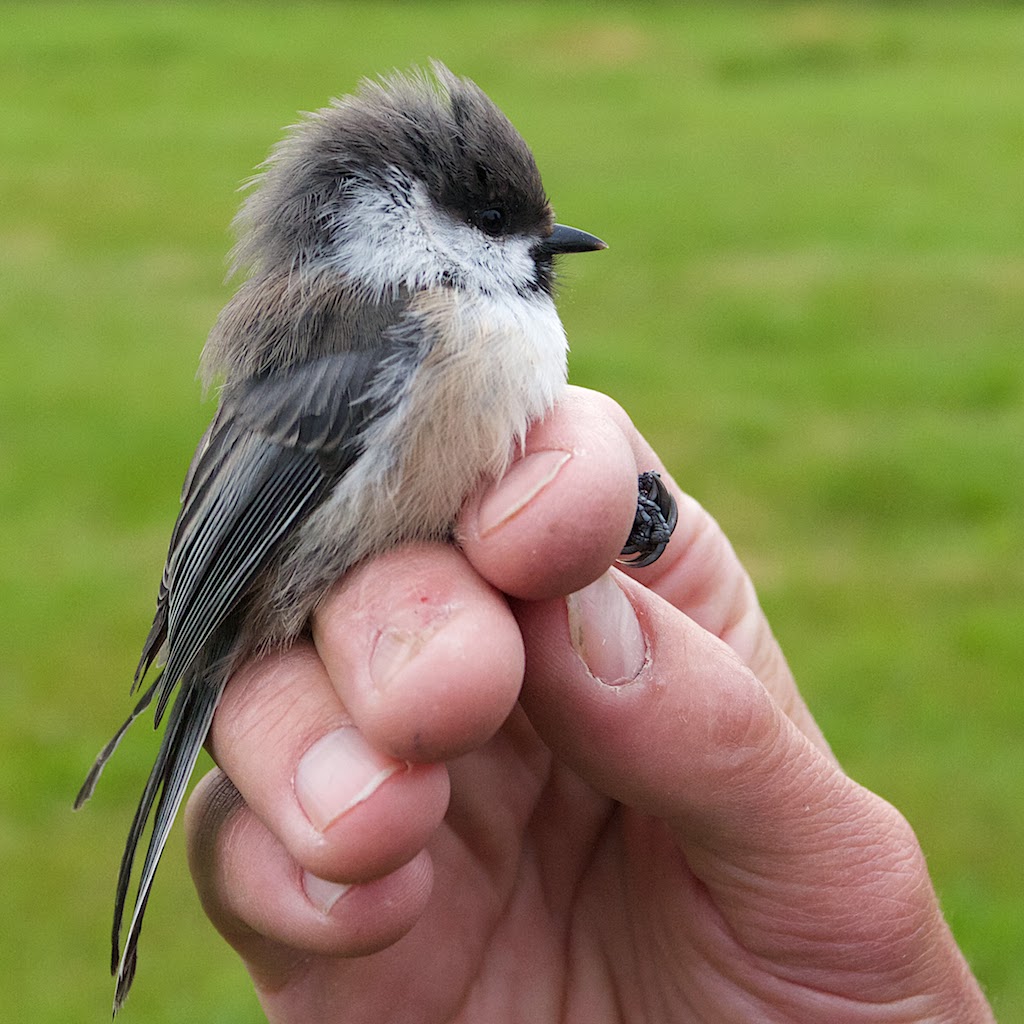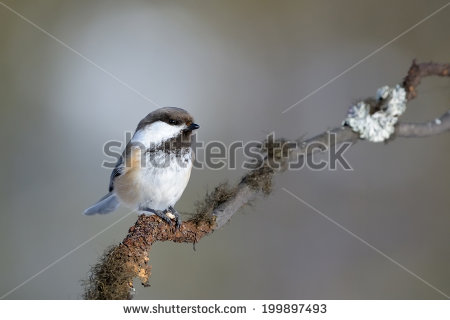
Parus cinctus
SUBFAMILY
Parinae
TAXONOMY
Parus cinctus Boddaert, 1783. Four subspecies.
OTHER COMMON NAMES
English: Gray-headed chickadee, Taiga tit; French: Mйsange
lapone; German: Lapplandmeise; Spanish: Carbonero Lapуn.
PHYSICAL CHARACTERISTICS
5.3 in (13.5 cm); 0.4–0.6 oz (11–16 g), males larger than females;
general plumage color typical of the ‘brown-capped’ tits;
sexes similar.
DISTRIBUTION
Unique within the Paridae as it occurs in both the Old and
New Worlds. P. c. lapponicus: Fenno-Scandia east to northern
European Russia; P. c. cinctus: Siberia from Urals east to Bering
Sea, and south to Lake Baykal, northeast Mongolia and
northeast China; P. c. sayanus: central Asia; P. c. lathami: Alaska
and northwest Canada.
HABITAT
Boreal conifer forests and broadleaf woodland within these
forests, the latter more so in winter.
BEHAVIOR
Largely sedentary, although some populations nomadic during
winter months. Adults territorial, but readily forms mixedspecies
flocks outside of breeding season, often associated with
willow tit, Parus montanus. Song simple and infrequent, not
given in display.
FEEDING ECOLOGY AND DIET
Forages predominantly amongst leaves of trees, but explores
all parts of tree and frequently forages on the ground. Diet is
a variety of invertebrates and seeds; food stored throughout
the year at ends of twigs, in cracks in bark and among lichens.
Estimated that each bird may store up to 7 lb (15 kg) of food
per year, but needs only 15% of this to survive over the winter
period.
REPRODUCTIVE BIOLOGY
Nests in cavities in trees. Single clutch of six to 10 eggs laid
May through June. Incubation: 15–18 days by female only.
Brood period to fledging is 19–20 days.
CONSERVATION STATUS
A common, widespread species. The total European population
estimated to be 170,000–1,200,000 pairs, but this represents
only a small proportion of total world population. Range
in northwest Europe has receded northward in twentieth
century due to changes in forestry practice, loss of habitat,
and possibly climate warming.
SIGNIFICANCE TO HUMANS
None known.
Other popular Animals
Photo Gallery of - Siberian tit




 Animalia Life
Animalia Life